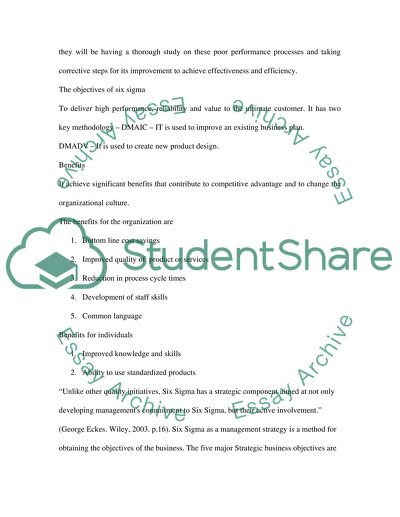Cite this document
(“Six Sigma Essay Example | Topics and Well Written Essays - 2250 words”, n.d.)
Retrieved from https://studentshare.org/miscellaneous/1540230-six-sigma
Retrieved from https://studentshare.org/miscellaneous/1540230-six-sigma
(Six Sigma Essay Example | Topics and Well Written Essays - 2250 Words)
https://studentshare.org/miscellaneous/1540230-six-sigma.
https://studentshare.org/miscellaneous/1540230-six-sigma.
“Six Sigma Essay Example | Topics and Well Written Essays - 2250 Words”, n.d. https://studentshare.org/miscellaneous/1540230-six-sigma.


